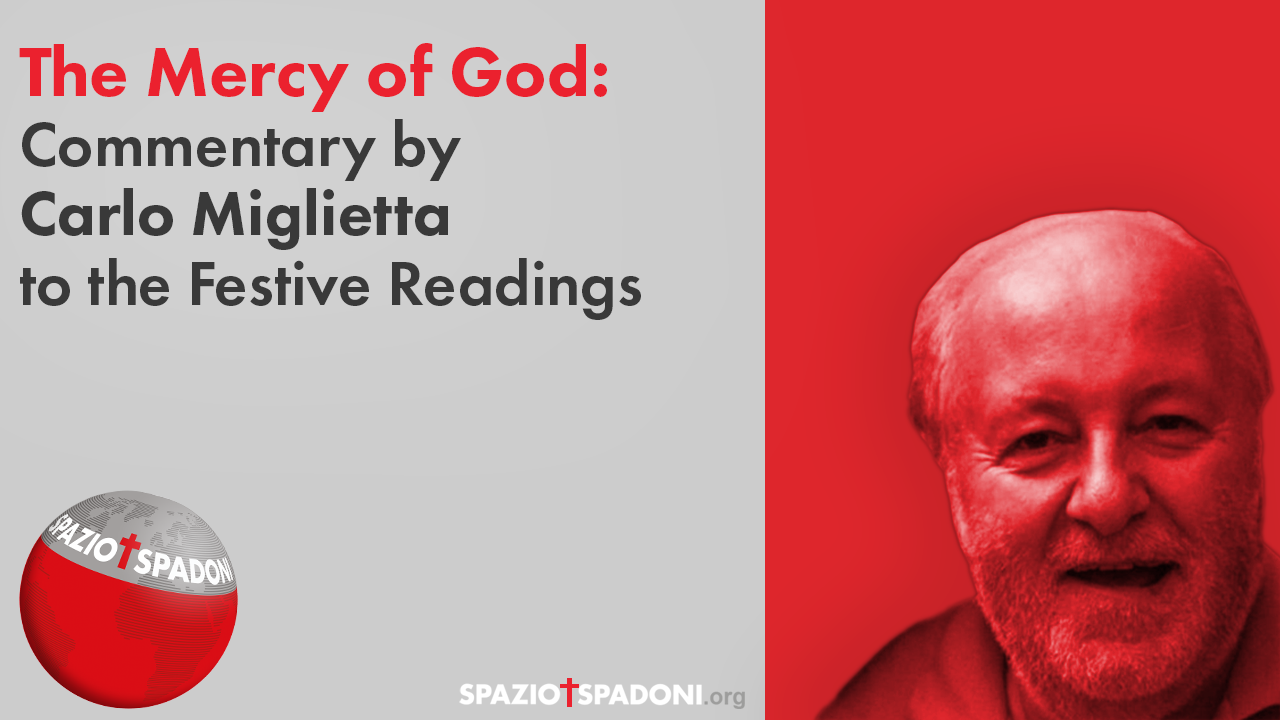
Sunday XVIII Year B – Jesus, The True Bread
Readings: Ex 16:2-4.12-15; Eph 4:17.20-24; Jn 6:24-35
To understand chapter 6 of John’s Gospel, we must immediately answer a central question: does it deal with the need to adhere to Christ by faith or does it tell us about the Eucharist?
John devotes five chapters to Jesus’ last meal with his own, without telling us about the institution of the Eucharist. This silence has given rise to widely differing interpretations: some theologians, such as Bultmann, say that in John there would be a clear anti-sacramental tendency, a reaction against the early church, which regarded sacred rites as automatic means of salvation. Others, however, assert that John, writing at the end of the first century, takes the Eucharistic practice for granted in his community, and therefore sees fit to exegete it with the parallel account of the washing of the feet (both consist of a rite, accompanied by words of explanation and the invitation to repeat the rite itself…): this is the position of those (Cullmann…) who see in John a great sacramental interest. Still others (Brown, Leon-Dufour) assert that there is, yes, in the Fourth Gospel the theme of sacraments, but that the central proclamation remains that of the mystery of the Incarnation: the sacraments are important insofar as they unite us to Christ, the Incarnate Word: John is more concerned with showing us the spiritual fruits of the sacraments than dwelling on the rites. I believe this position helps us to read chapter 6 wisely.
Today’s passage has strong references to the Eucharist: John has just named again “the place” (6:10,23), a Jewish synonym for God’s Presence and the Temple, and “giving thanks” (6:23), i.e., “making Eucharist” (“eucarizein” means precisely “to give thanks”). But these verses suggest to us precise references to the Exodus: the murmuring against Moses in the wilderness, the blood of the lamb, the manna, about which the First Reading tells us (Ex 16:2-4,12-15); moreover, they should be understood in the light of the Jewish belief in the messianic return of the manna, and the identification of the manna, in the Sapiential Books and rabbinic commentaries, with the Torah, the Word of God, “Dabar- Lògos.”
Jesus is the true Bread offered to the Father: in Nm 15:17-21, “the Lord said to Moses, ‘When you have arrived in the land to which I am leading you and eaten the bread of that land, you shall take from it an offering to present to the Lord…to be raised according to the rite…of elevation.’” Jesus is in Capernaum, in the Promised Land, and the crowd emphasizes this: “you have come here” (v. 25). Jesus, “elevated” (Jn. 8:28; 12:32) on the cross, is the ultimate offering the unique sacrifice, the only one that reconciles us to God (1 Jn. 2:2). Christians, participating in the Eucharist, offer the body and blood of Christ to the Father (1 Cor 10:15-18). Jesus “gave himself … in sacrifice of sweet odor” (Eph 5:2), and we “have been sanctified through the offering of Christ’s body, made once for all” (Heb 10:10).
Jesus is the Bread that does not perish, because he is confirmed by God with “the seal” (v. 27) of the Spirit: to this world that seeks a thousand loaves, it is reaffirmed that there is “one bread” (Mk 8:14), “the bread from heaven, the true one,… the one who comes down from heaven and gives life to the world” (Jn 6:32-33).
Jesus, the Bread, is the great Sign (v. 30) given by the Father: to the Jews who, like us, polemically demand wonders in order to believe (v. 30; cf. 1 Cor. 1:21), the miracle of a God who gives himself totally, who lets himself be broken, who lets himself be eaten, who makes himself “the bread of life” is offered: that each of our Eucharist may truly be total adherence to Christ, so that we may “hunger no more and thirst no more” forever (v. 35)!
But it is necessary, as Paul states in the Second Reading (Eph. 4:17, 20-24), that “we abandon, with his former conduct, the old man…renewing ourselves…to put on the new man, created according to God in righteousness and true holiness.”
